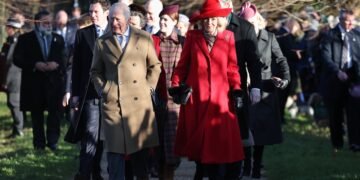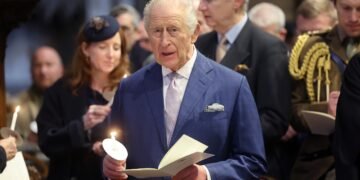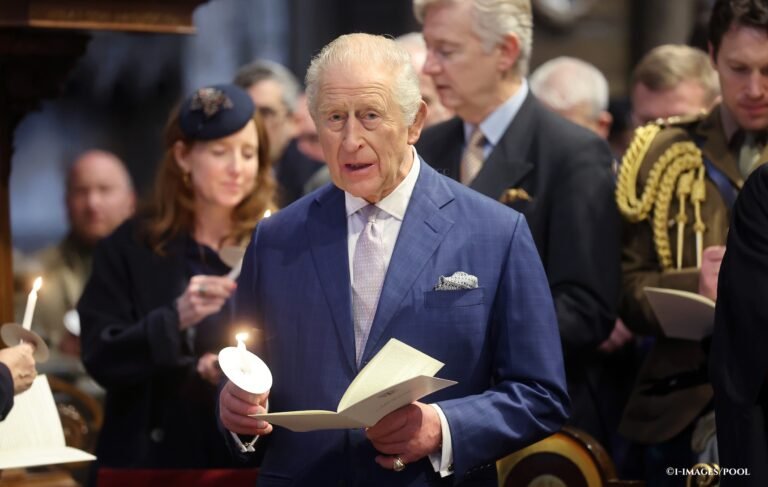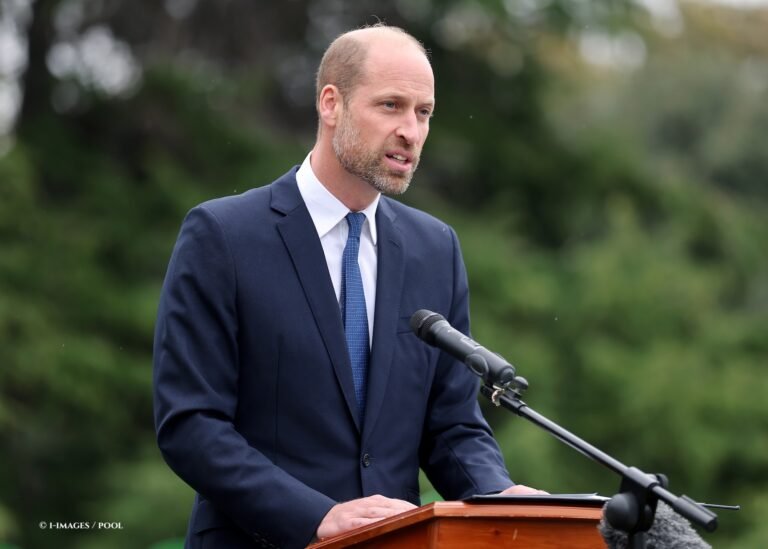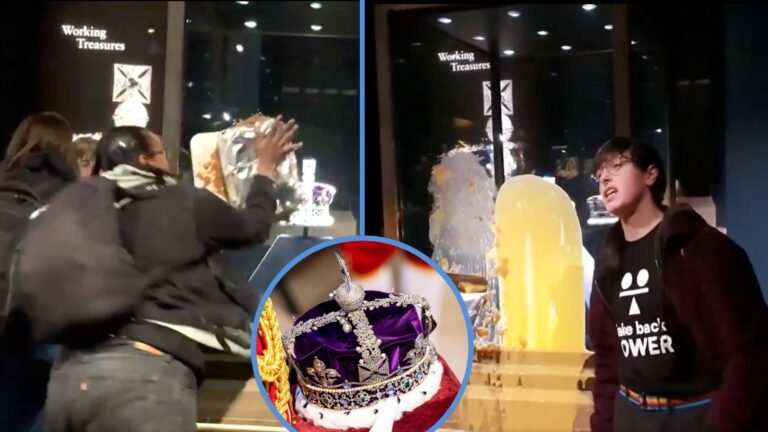The Duchess of Sussex has received her coat of arms, after marrying Prince Harry last week.
The design was agreed and approved by The Queen and Thomas Woodcock, who is Garter King of Arms and Senior Herald in England. As with all coats of arms, there are symbols to represent the person and their background.
Kensington Palace said that Meghan worked closely with the College of Arms to create something ‘that was both personal and representative’.

The blue background of the right-hand shield represents the Pacific Ocean off the California coast, where the Duchess was raised, while the two golden rays across the shield are symbolic of the sunshine of her home state. The three quills represent communication and the power of words.
Beneath the shield on the grass sits a collection of golden poppies, California’s state flower, and wintersweet, which grows at Kensington Palace, where Prince Harry and Meghan live.
It is customary for supporters of the shield (the animals at the sides) to be assigned to members of the Royal Family, and for wives of members of the Royal Family to have one of their husband’s supporters and one relating to themselves. The Duchess of Sussex’s supporter is a songbird, with wings elevated as if flying and an open beak; with the quill, it represents the power of communication.
Meghan’s heraldic design is shown ‘sharing’ the shield with Prince Harry’s, as she is – of course – married to him. Prior to her marriage, if she had had a coat of arms, it would have been this blue design with quills alone in a shield or lozenge, without supporters.

Unlike the Middleton coat of arms, revealed to the public before Kate married William in 2011, this is Meghan’s sole coat of arms; Michael Middleton applied for a coat of arms ahead of his daughter’s nuptials so that the family could use it.
A coronet has also been assigned to The Duchess of Sussex, now that she is a Princess of the UK (Meghan is technically Princess Henry (Harry), Duchess of Sussex): two crosses patée, four fleurs-de-lys and two strawberry leaves. This is the coronet that a Royal Warrant of 1917 gave for the sons and daughters of the Heir Apparent.
Mr. Thomas Woodcock, Garter King of Arms said: “The Duchess of Sussex took a great interest in the design. Good heraldic design is nearly always simple and the Arms of The Duchess of Sussex stand well beside the historic beauty of the quartered British Royal Arms.
“Heraldry as a means of identification has flourished in Europe for almost 900 years and is associated with both individual people and great corporate bodies such as Cities, Universities and for instance the Livery Companies in the City of London.”
The College of Arms is a branch of the Royal household, and the official body in the UK that deals with coats of arms and their team of experts design and research heraldic or genealogical issues.
The arms are given for free, but fees must be paid for the time to research and design it.

